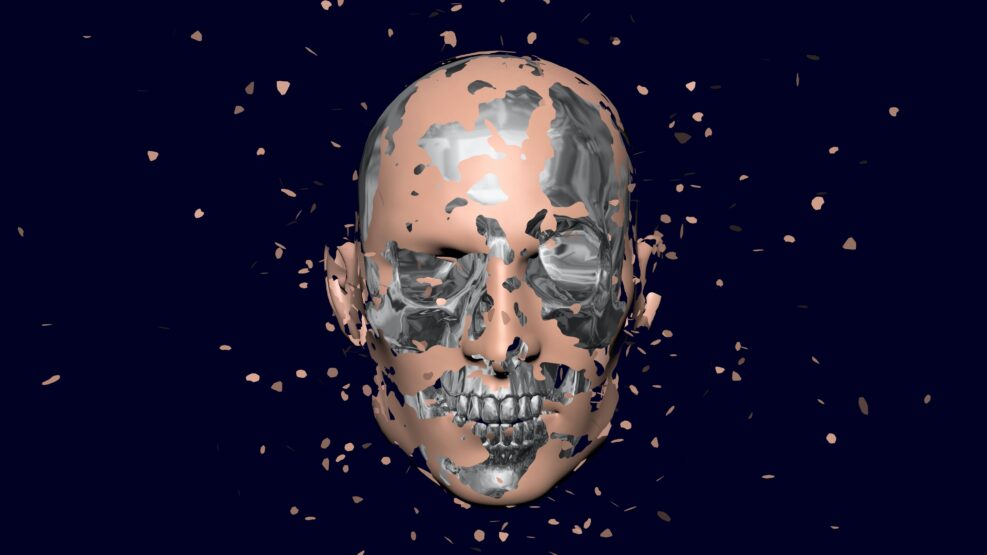
Six Limitations of Artificial Intelligence As We Know It
You’d better hope it doesn’t run your life, as Robert J. Marks explains to Larry LinenschmidtThe list is a selection from “Bingecast: Robert J. Marks on the Limitations of Artificial Intelligence,” a discussion between Larry L. Linenschmidt of the Hill Country Institute and Walter Bradley Center director Robert J. Marks. The focus on why we mistakenly attribute understanding and creativity to computers. The interview was originally published by the Hill Country Institute and is reproduced with thanks. https://episodes.castos.com/mindmatters/Mind-Matters-097-Robert-Marks.mp3 Here is a partial transcript, listing six limits of AI as we know it: (The Show Notes, Additional Resources, and a link to the full transcript are below.) 1. Computers can do a great deal but, by their nature, they are limited to algorithms. Larry L. Linenschmidt: When I read the term “classical computer,” how does a computer function? Let’s build on Read More ›


















